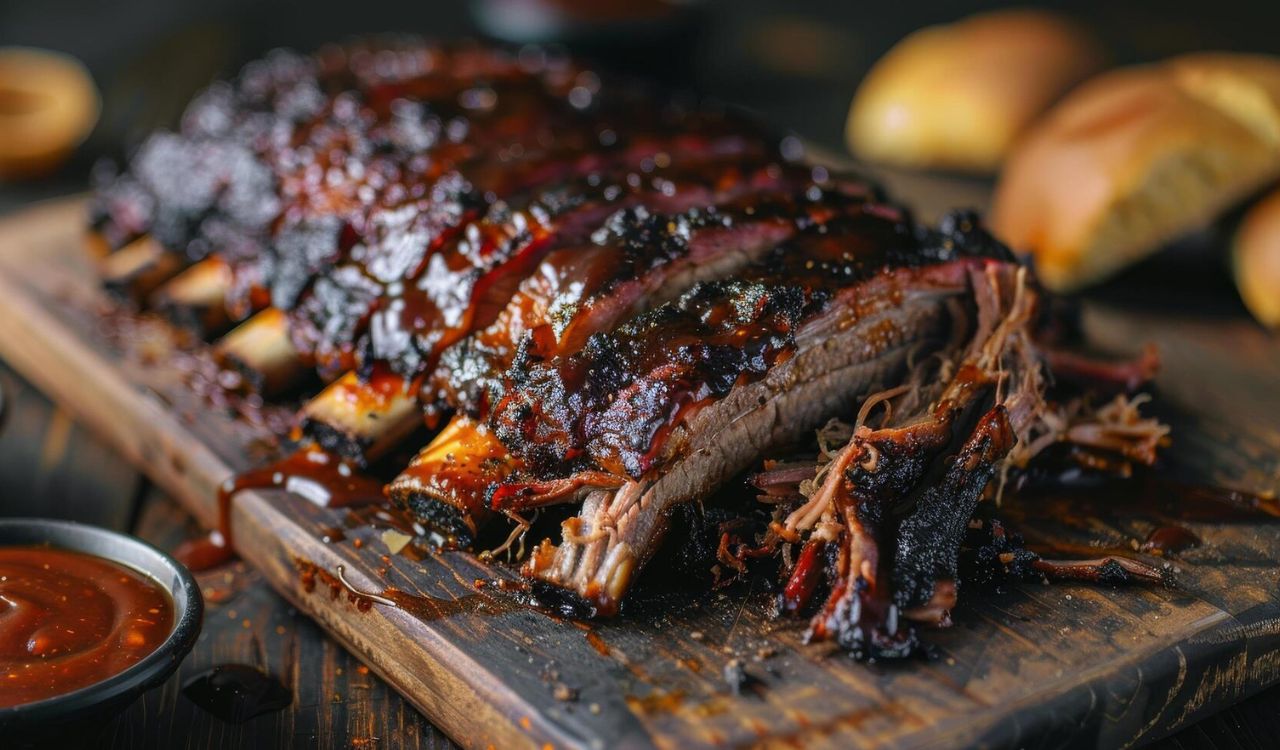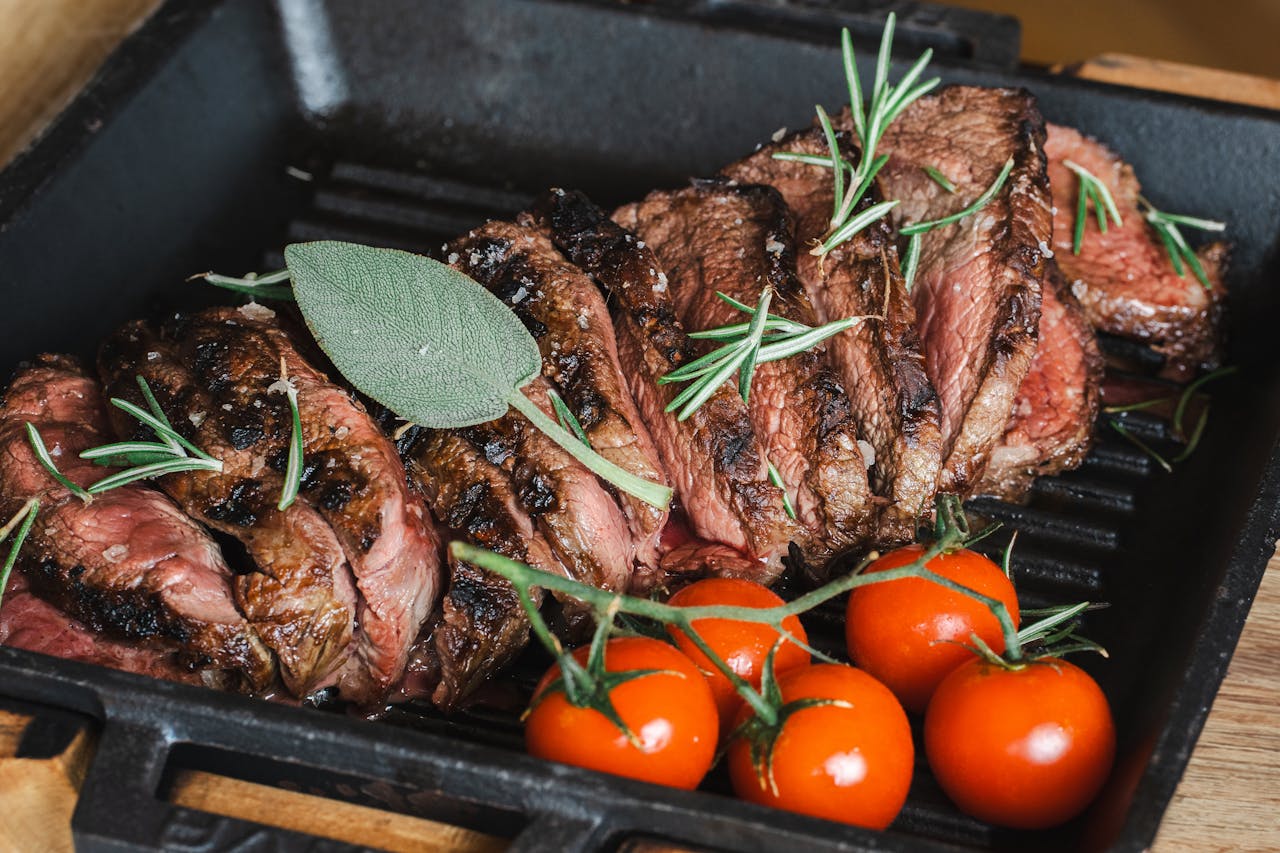8 Overpriced Foods That Smart Grocery Shoppers Skip
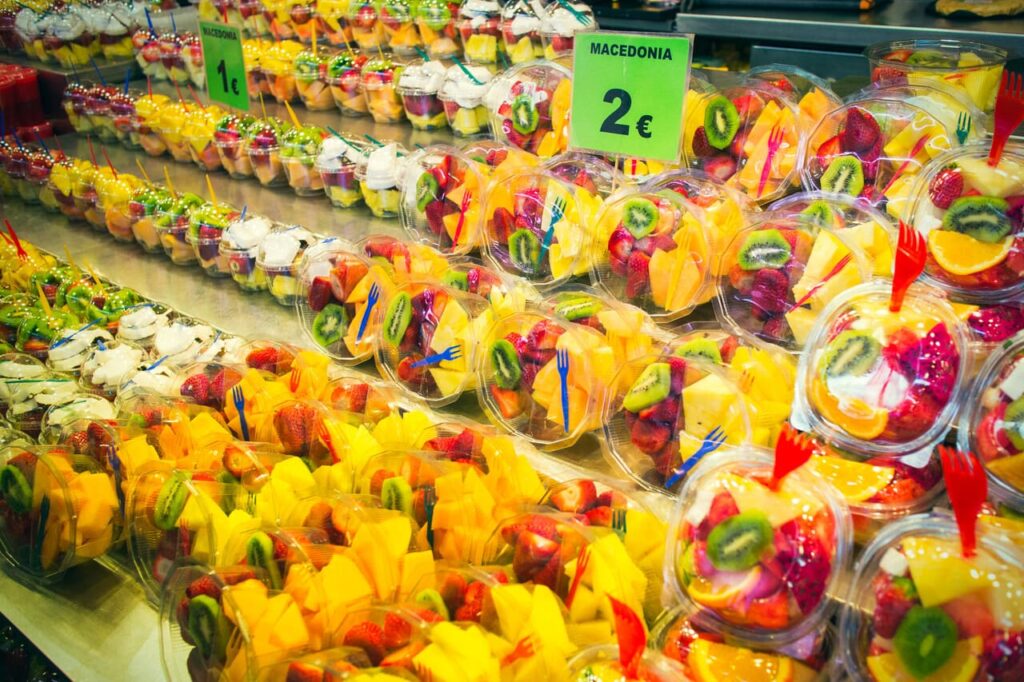
Grocery shopping can feel like a balancing act between convenience and cost. While some items truly save time, others quietly drain your budget without offering much in return. Smart shoppers learn to spot the foods that are more about clever marketing than real value. By skipping these overpriced products, you can keep your grocery bill in check without sacrificing flavor, nutrition, or quality. Here are eight foods most savvy shoppers leave on the shelf.
1. Pre-Cut Fruits and Vegetables
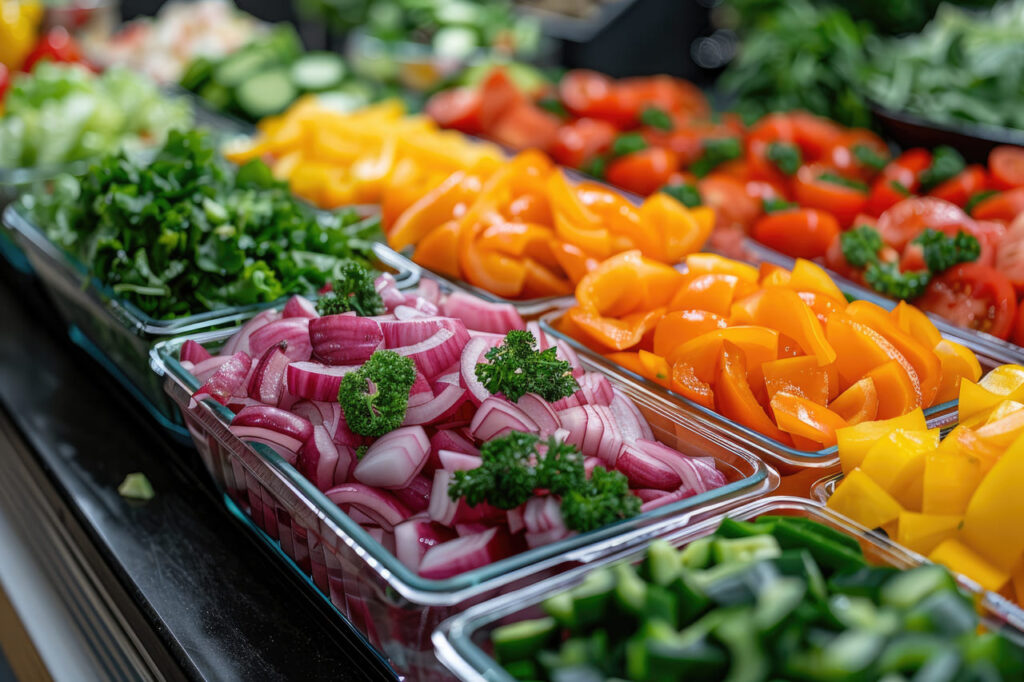
The markup on pre-cut produce is steep, sometimes double or triple the price of whole fruits and vegetables. While the convenience is tempting, you’re paying heavily for packaging and labor. Whole produce not only costs less but also stays fresher longer since cut pieces spoil faster. A bag of whole carrots or a head of pineapple will last days longer and taste better than the pre-sliced version. If saving time is important, prepping a few servings at once at home is a far cheaper solution.
2. Bottled Smoothies and Juices

Bottled juices and smoothies may look healthy, but they’re often loaded with sugar and preservatives. What you’re really paying for is branding and packaging, not fresh nutrition. A single bottle can cost the same as a whole bag of fresh fruit, which will stretch into multiple servings. Blending your own at home gives you control over ingredients, lets you cut down on added sugar, and saves money. The difference in freshness and flavor is immediately noticeable once you switch.
3. Gourmet Salts
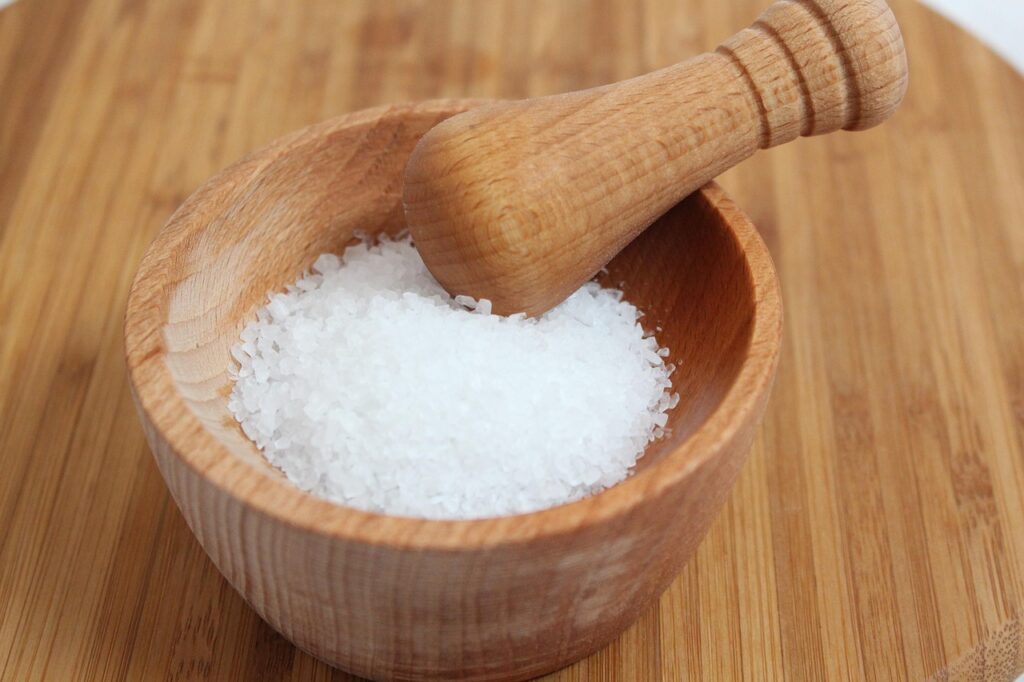
Fancy salts like Himalayan pink or volcanic black sea salt often sell at sky-high prices for small jars. While they may look striking on the table, the actual difference in flavor compared to regular kosher or sea salt is minimal in most recipes. What really drives the cost is packaging and marketing. Unless you’re finishing a special dish where presentation matters, sticking with affordable salts is the practical choice. Your food will taste just as good, and your wallet will thank you.
4. Packaged Salad Kits
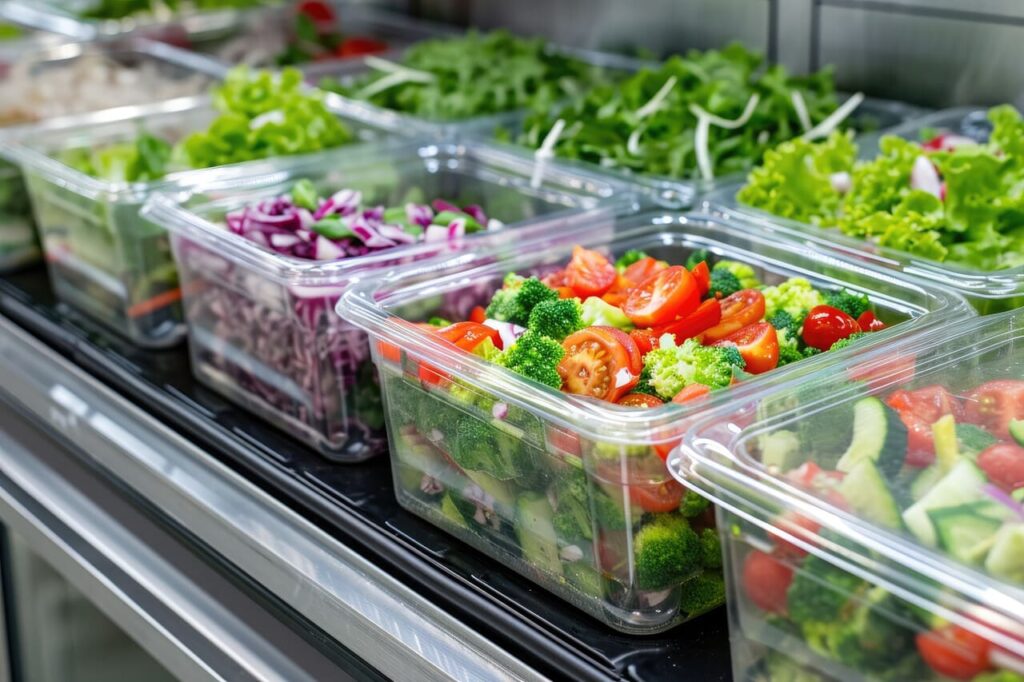
Salad kits might seem like an easy meal option, but the price per ounce is far higher than buying the ingredients separately. The greens often wilt faster due to the packaging, and the included dressings or toppings are usually processed and loaded with additives. By purchasing fresh lettuce, vegetables, and a simple vinaigrette, you get more servings for less money. It only takes a few extra minutes to put together a healthier, fresher salad that won’t strain your grocery budget.
5. Pre-Made Guacamole
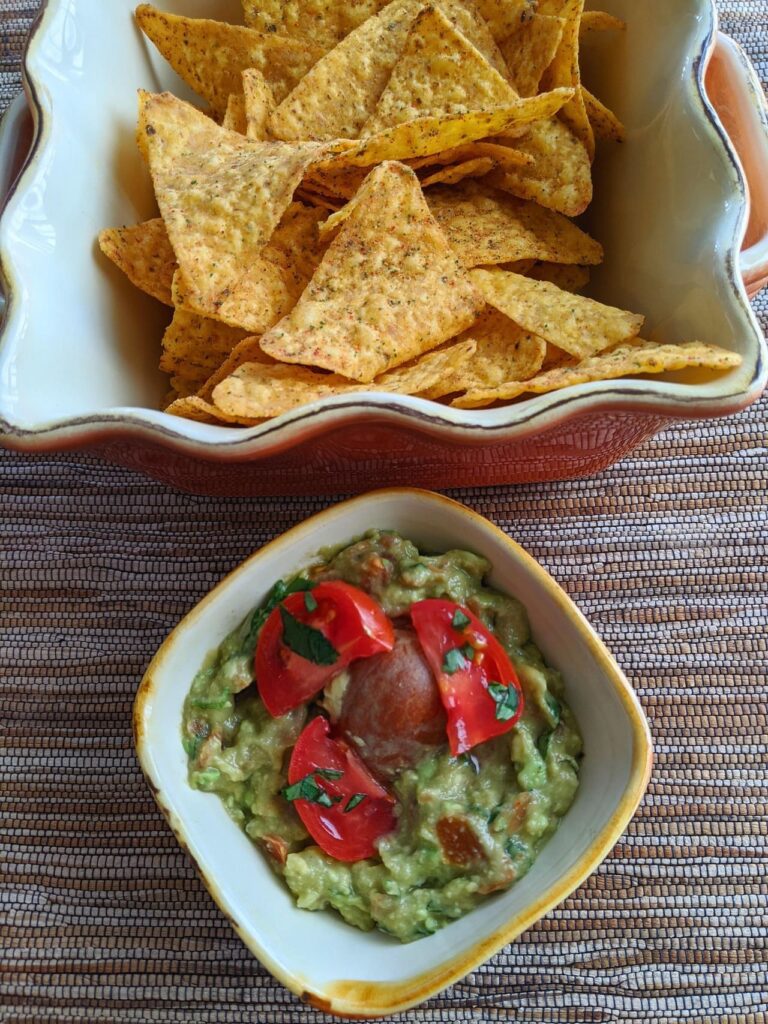
Guacamole is simple to make, yet the store-bought versions often cost three or four times more than homemade. Many packaged guacamoles also use preservatives or fillers to extend shelf life, which can dull the flavor. Buying ripe avocados, lime, onion, and cilantro costs less and makes a fresher dip that you can customize. Even if avocados can be pricey at times, you’ll still save money compared to buying a small tub of pre-made guacamole that doesn’t taste as vibrant.
6. Flavored Yogurts
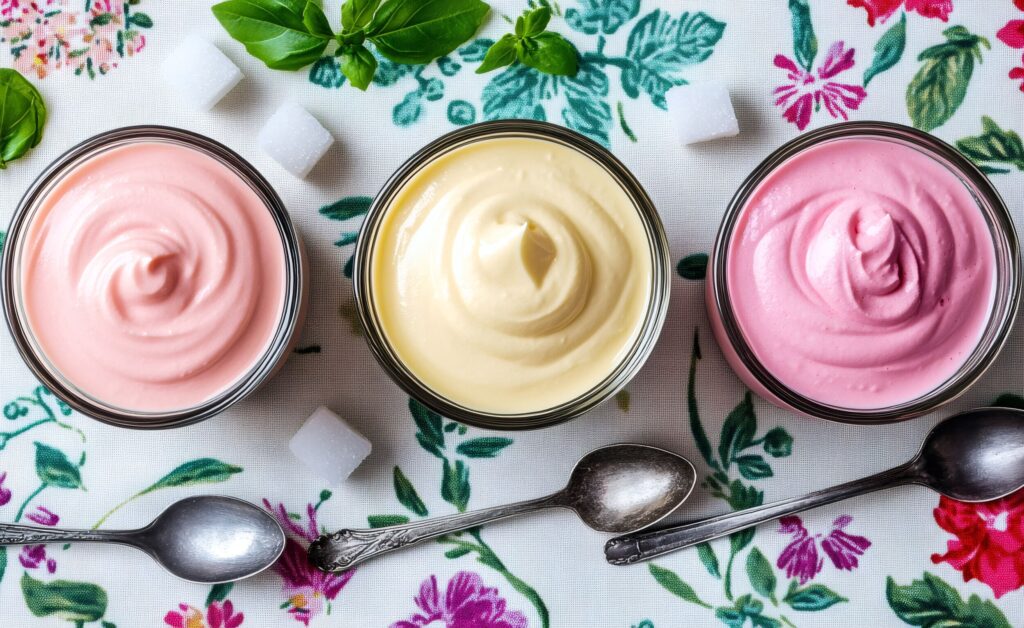
Flavored yogurts are often marketed as healthy snacks, but most are filled with added sugar and artificial flavorings. What you’re really buying is a dessert disguised as breakfast, at a price higher than plain yogurt. A large tub of plain yogurt is far cheaper and gives you more flexibility. You can add your own fruit, honey, or nuts to create a healthier version that tastes fresher and costs less per serving. Once you make the switch, you’ll notice the savings add up quickly.
7. Single-Serve Coffee Pods
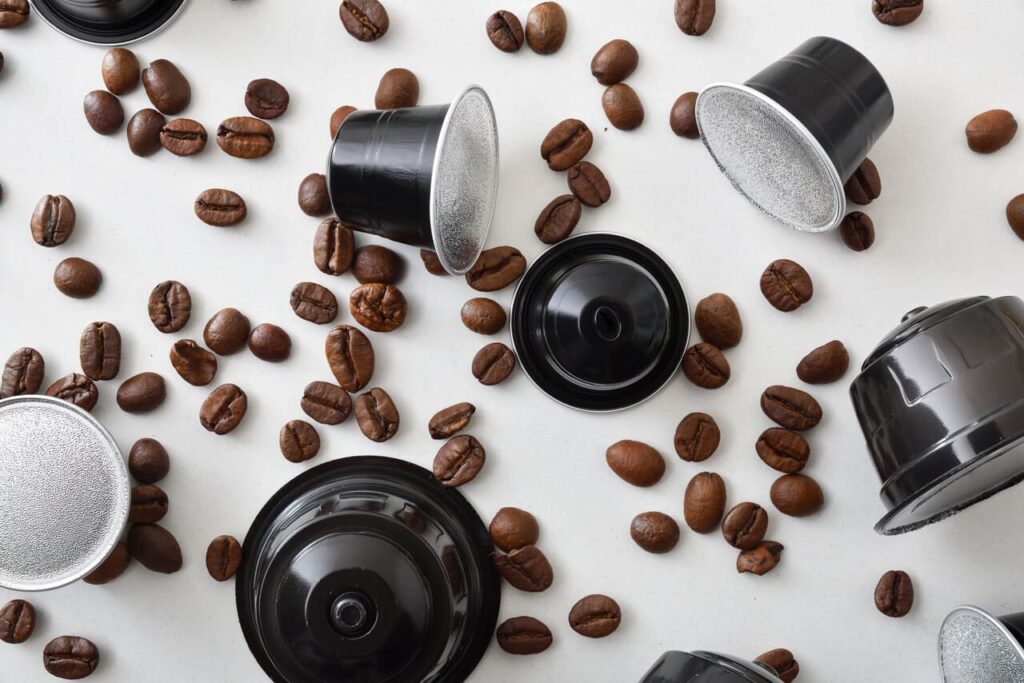
Single-serve coffee pods promise convenience, but that convenience comes at a hefty premium. Per cup, pods are significantly more expensive than brewing ground coffee. They also create unnecessary waste with all the disposable plastic or foil. Buying a bag of quality beans and brewing at home costs less and usually tastes better. If speed is your main concern, consider reusable pods or a simple French press. You’ll cut your coffee costs without giving up your morning routine.
8. Flavored Premium Bottled Water

What’s easy to overlook is how much of the price tag on flavored premium bottled water goes toward the branding rather than the drink itself. These bottles often cost several times more than standard still water yet offer only a splash of added flavor or electrolytes that you could recreate at home for pennies. Many also come in small portions that encourage repeat purchases, which bumps up the overall cost even more. Smart shoppers stick to tap or large filtered jugs, then add citrus slices, herbs, or a drop of electrolyte mix for a fresher taste and far better value.


